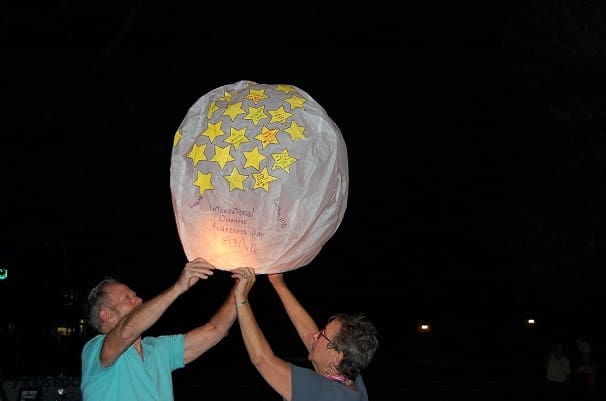
Picture this – a community with more water coastline than any other place in the United States – a rural and beautiful community of 38,000 people, many of whom live there to take advantage of Maryland’s Eastern Shore and the Chesapeake Bay. Welcome to Talbot County, Maryland, home to the Talbot Partnership, the only organization in the county that focuses completely on the prevention of substance abuse and misuse. Coalitions Online had the opportunity to interview its Executive Director, Jayne Fitzgerald.
“The county is experiencing a terrible heroin problem, and because we’re a tight-knit community, no one wants to talk about,” said Fitzgerald.
State of Maryland 2015 data indicates that there were 1,259 overdoses, double of what it was in 2010, notes the community’s newspaper, the Chestertown Spy.
“At a recent board meeting, the sheriff said that the county’s overdose deaths in 2016 were already more than double the 2015’s figures. It takes toxicology about two months to confirm cause of death, so he expects the numbers to rise in the final stats. Additionally, there are about one-to-four overdoses per day in Talbot County. This is just devastating,” said Fitzgerald.
The Partnership:
- Raises the level of awareness about this issue
- Helps people – parents, students, teachers, law enforcement, healthcare professionals – feel comfortable talking about it
In August 2016, the coalition launched Talbot County’s International Overdose Awareness Day.
“We’re committed to providing a platform that acknowledges the grief felt by families and friends who have lost a loved one to overdose. The purpose is to raise awareness that the tragedy of overdose death is preventable and to share information with people of all ages and walks of life that will help save lives,” explained Fitzgerald. “Our role was to bring all of the prevention and treatment resources together, providing a comfortable and welcoming venue for our citizens to talk about, acknowledge and address this overwhelming challenge.”
Participants heard from the sheriff, a state senator, survivors, treatment providers, social workers, doctors and parents. “We got all of the key players involved,” said Fitzgerald. A parent, who spoke during the event explained that she was embraced by the community after her child died due to opioid misuse. Indeed, parents and others learned that they are not alone in dealing with this problem, and through talking and mutual support such tragedies can be prevented.
The Chestertown Spy affirms, “Talbot County’s participation in…Overdose Awareness Day sought to personalize statistics by offering as a centerpiece a memorial service with the names of those who lost their lives to addiction. At evening’s end, after a moment of silence, a lighted paper lantern inscribed with the names of the lost floated up and over the town.”
International Overdose Awareness Day galvanized the community. Since that time, citizens have stepped up to the plate. “Parents are coming to us, asking, ‘what can we do? How can we help,’” said Fitzgerald. Activities now include:
- Weekly coverage of opioid misuse in the local newspapers
- Naloxone use is part of standard operating procedures for law enforcement and EMS personnel, and training on how to use the life-saving medication is available
- A parent mentoring program is being launched.
- The local pharmacies are including prescription medication warning inserts into all medication bags. These “Did You Know” inserts provide important information about the warning signs of misuse and addiction
Fitzgerald reiterates that the Partnership is lucky on a number of fronts. Because it’s been around for over 25 years, it has earned the community’s trust.
“Talbot County residents know who we are, the work that we do and recognizes that we achieve results,” said Fitzgerald.
The Partnership also has the support of key community leaders including the sheriff who is committed to heroin and opioid misuse prevention and intervention. He has a clear understanding of the pathways associated with heroin, a problem that often starts with alcohol and prescription medications.
For those communities addressing opioid misuse and abuse, Fitzgerald reiterates the importance of reaching out as much as you can. “For a small community like ours,” she concludes, “it’s important not to stay in your bubble, but to learn and adapt what’s relevant.”


